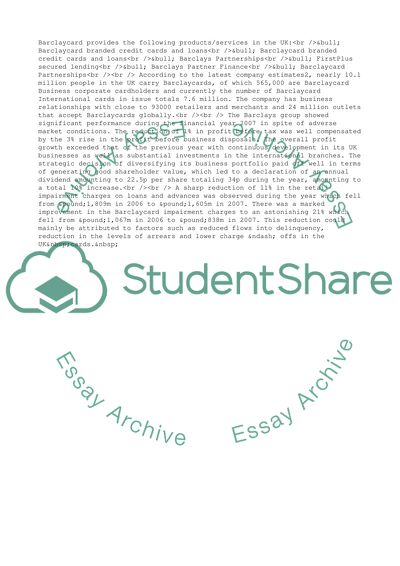Cite this document
(Strategic Financial Management-Barclaycard Case Study, n.d.)
Strategic Financial Management-Barclaycard Case Study. Retrieved from https://studentshare.org/management/1547226-strategic-financial-managementbusiness-report
Strategic Financial Management-Barclaycard Case Study. Retrieved from https://studentshare.org/management/1547226-strategic-financial-managementbusiness-report
(Strategic Financial Management-Barclaycard Case Study)
Strategic Financial Management-Barclaycard Case Study. https://studentshare.org/management/1547226-strategic-financial-managementbusiness-report.
Strategic Financial Management-Barclaycard Case Study. https://studentshare.org/management/1547226-strategic-financial-managementbusiness-report.
“Strategic Financial Management-Barclaycard Case Study”, n.d. https://studentshare.org/management/1547226-strategic-financial-managementbusiness-report.


